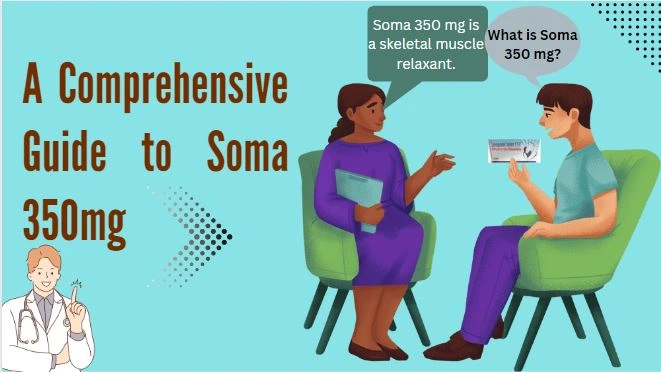Spastic cerebral palsy is the most common type of cerebral palsy, characterized by increased muscle tone leading to stiffness, tightness, and difficulty with movement. It occurs due to damage to the brain's motor cortex or pathways responsible for voluntary movement, often before or during birth. Symptoms can vary from mild to severe and typically affect the legs (spastic diplegia), one side of the body (spastic hemiplegia), or all four limbs (spastic quadriplegia). Children with this condition may experience challenges with walking, coordination, and muscle control. While there is no cure, treatments such as physical therapy, occupational therapy, medications to manage muscle spasticity, and in some cases surgical interventions, can significantly improve mobility, independence, and quality of life. Early diagnosis and consistent support are essential for optimal development.
Dyskinetic Cerebral Palsy: https://www.cerebralpalsycenter.com/cerebral-palsy/types-of-cerebral-palsy/
Dyskinetic Cerebral Palsy: https://www.cerebralpalsycenter.com/cerebral-palsy/types-of-cerebral-palsy/
Spastic cerebral palsy is the most common type of cerebral palsy, characterized by increased muscle tone leading to stiffness, tightness, and difficulty with movement. It occurs due to damage to the brain's motor cortex or pathways responsible for voluntary movement, often before or during birth. Symptoms can vary from mild to severe and typically affect the legs (spastic diplegia), one side of the body (spastic hemiplegia), or all four limbs (spastic quadriplegia). Children with this condition may experience challenges with walking, coordination, and muscle control. While there is no cure, treatments such as physical therapy, occupational therapy, medications to manage muscle spasticity, and in some cases surgical interventions, can significantly improve mobility, independence, and quality of life. Early diagnosis and consistent support are essential for optimal development.
Dyskinetic Cerebral Palsy: https://www.cerebralpalsycenter.com/cerebral-palsy/types-of-cerebral-palsy/
0 Comments
0 Shares
694 Views
0 Reviews






